This past October at the AISNE Diversity, Equity & Inclusion 2021 conference, I had the pleasure of presenting alongside fellow New England independent school teachers about best practices for gender inclusive school policy. The working group grew out of the work of Talya Sokoll (they/them) of Noble and Greenough School and Lu Adami (they/them) of Milton Academy who put together a survey last spring to audit the AISNE community on the status of basic gender inclusive practices, from access to facilities like housing and locker rooms, to professional development and education for community members on gender expansive identities.
Talya, Lu, Jody Coleman (she/her), and I (she/her) teamed up this fall after finding that the survey data left a lot to be desired. Without a high response rate, we couldn’t tell how widely these practices are implemented (and we sensed that there was some response bias, i.e., those who responded likely felt relatively confident about their school’s status on these issues). We also hoped to embed more specific questions so that the survey can also serve as a kind of inventory for schools looking to gauge their progress in more granular ways.
At our presentation, we shared our plans for survey 2.0 and then broke into small groups to take notes on current best practices, successes, and challenges. We facilitated discussions on privacy, admissions, and next schools; facilities and spaces; and community education. I loved hearing from my small group, all passionate educators doing this important advocacy work at their schools.





